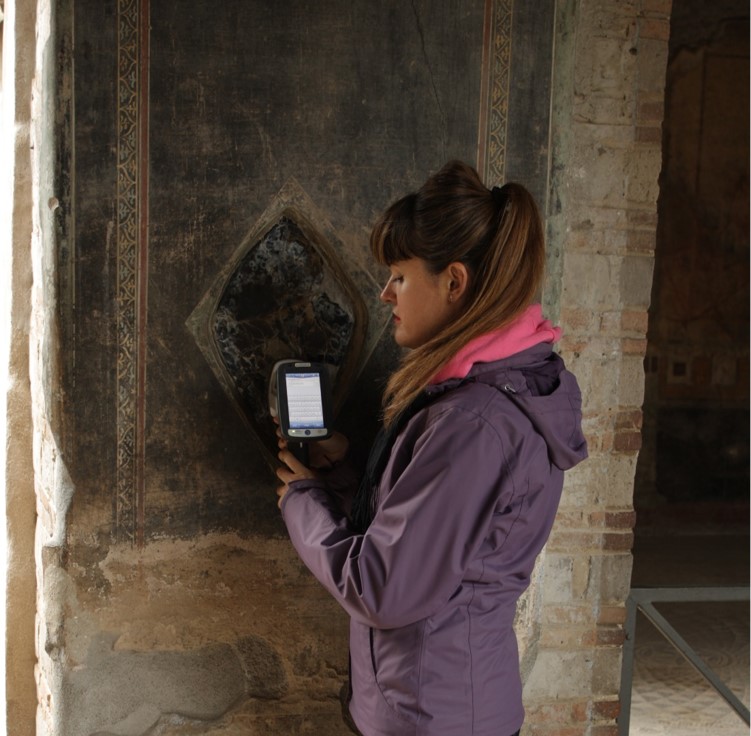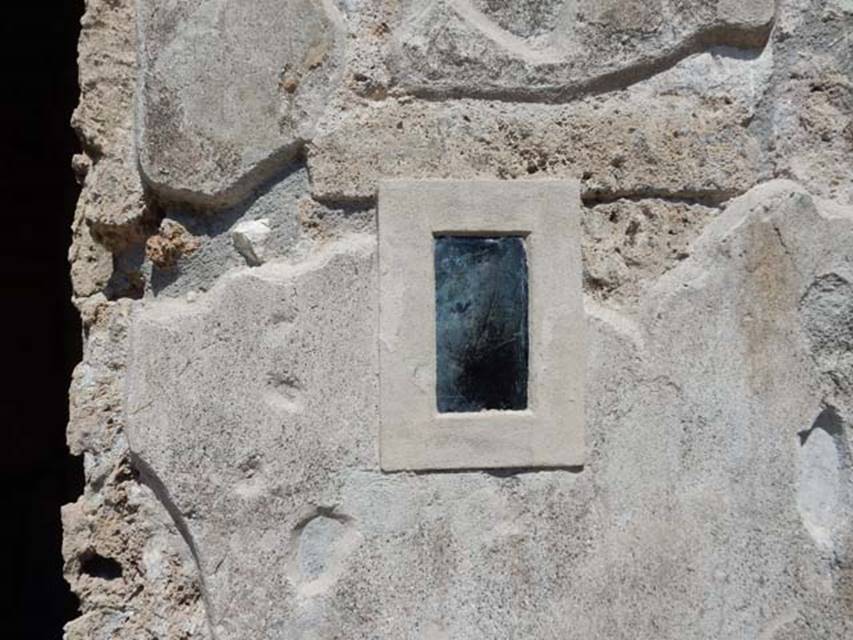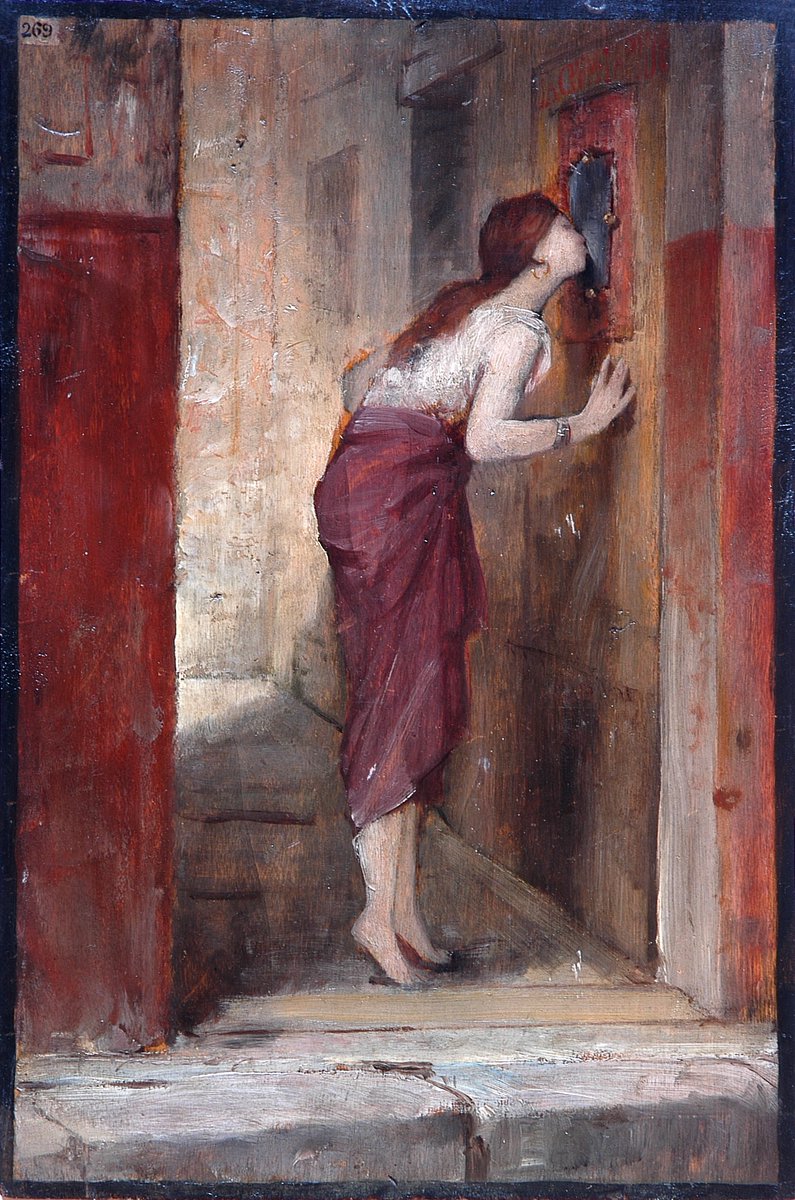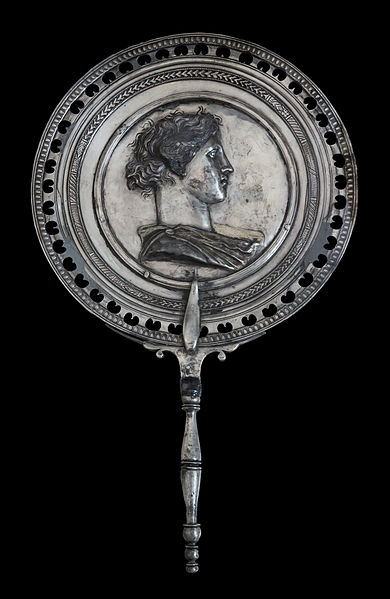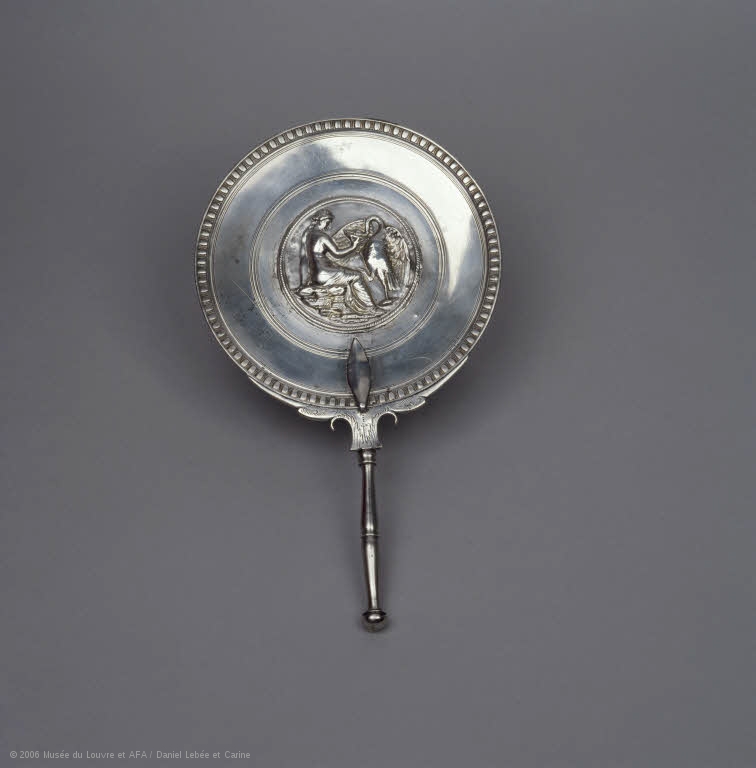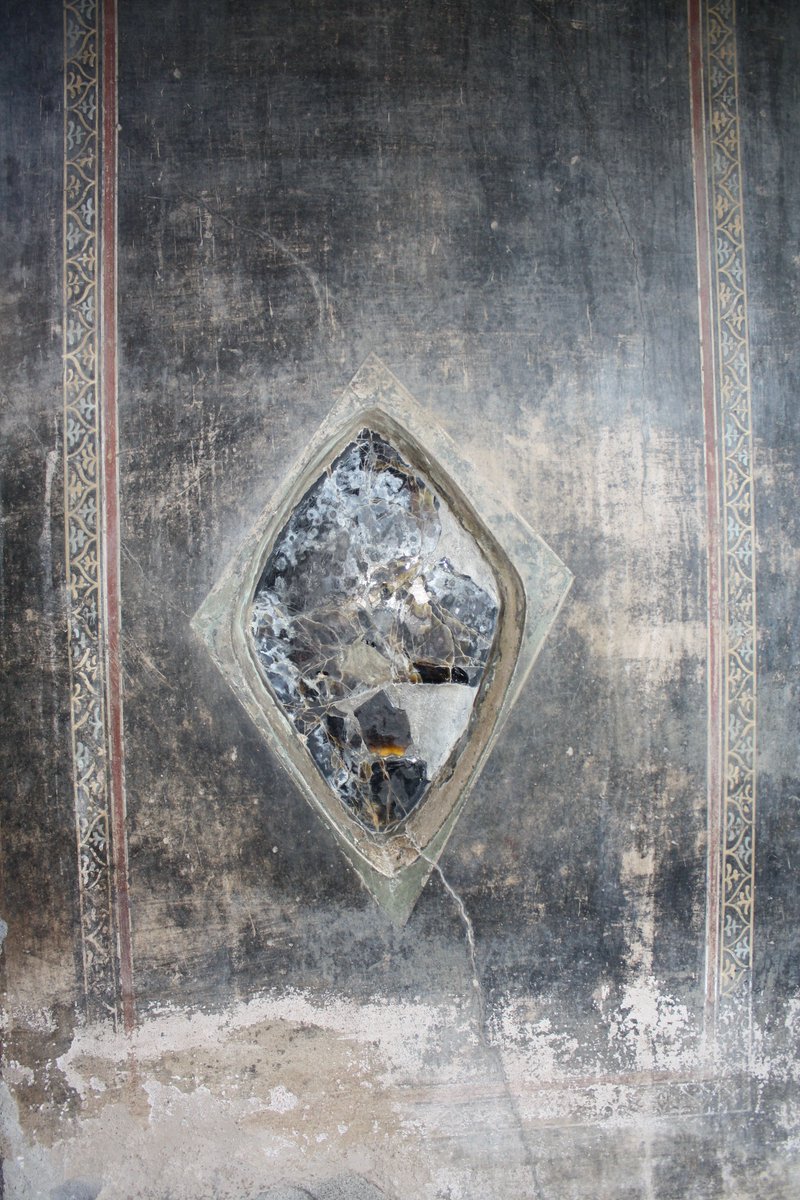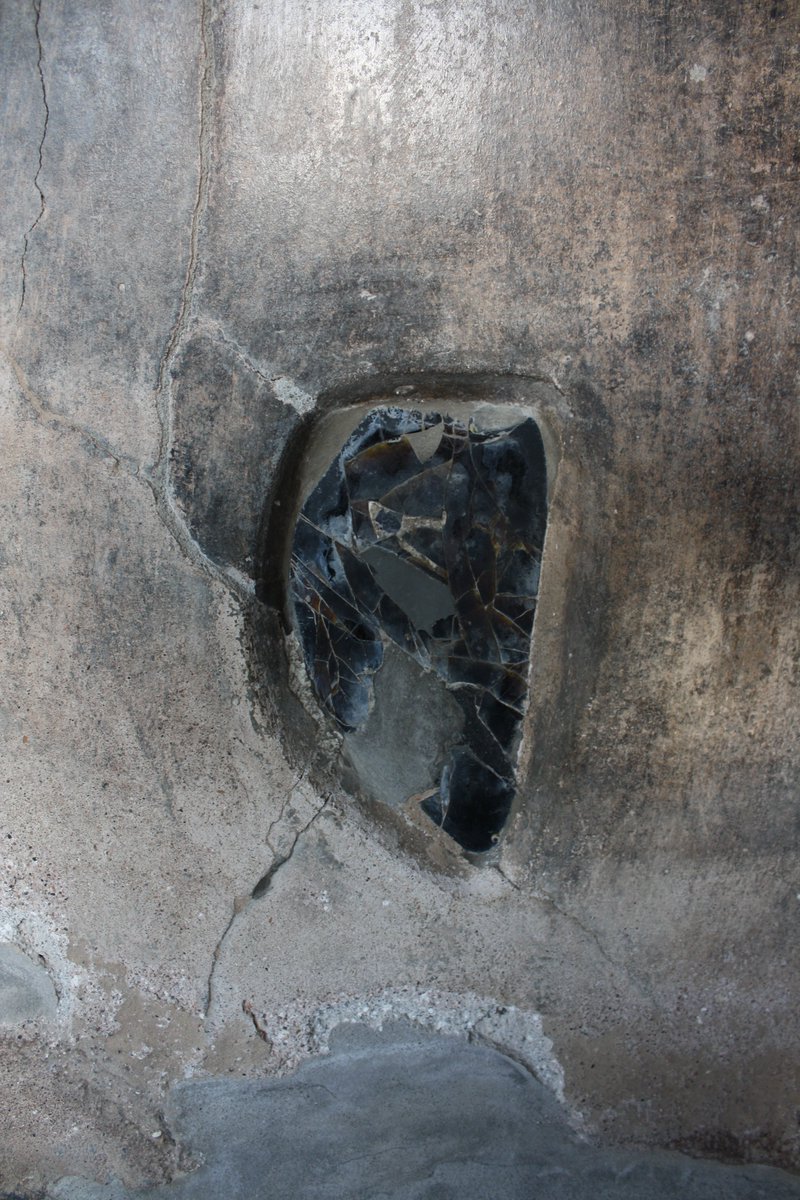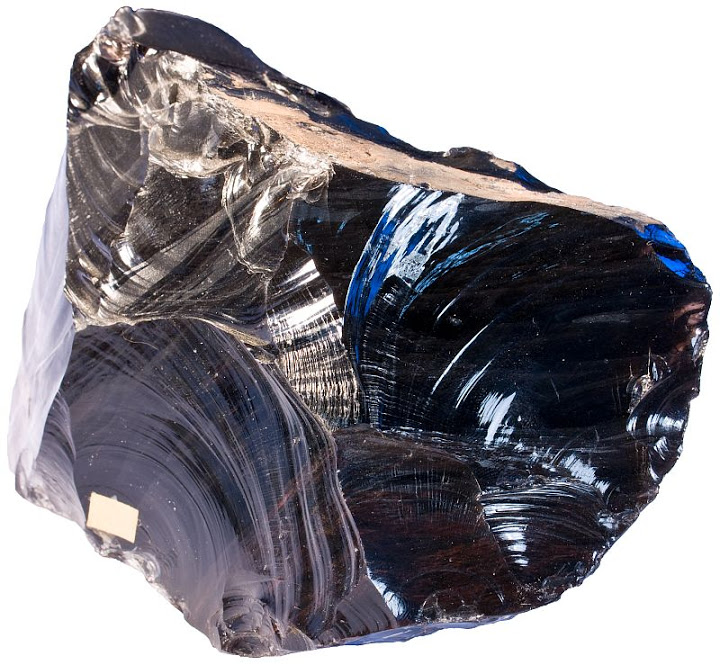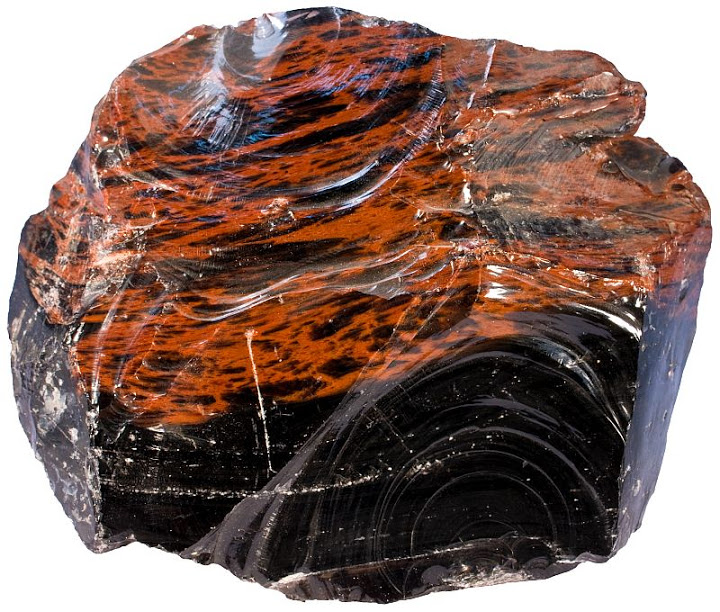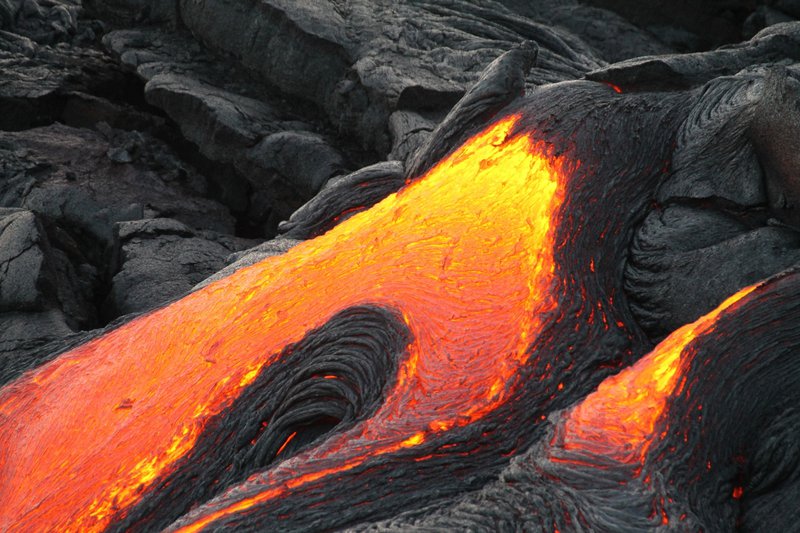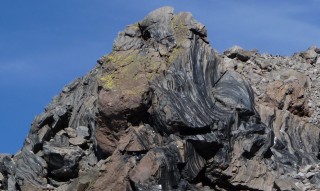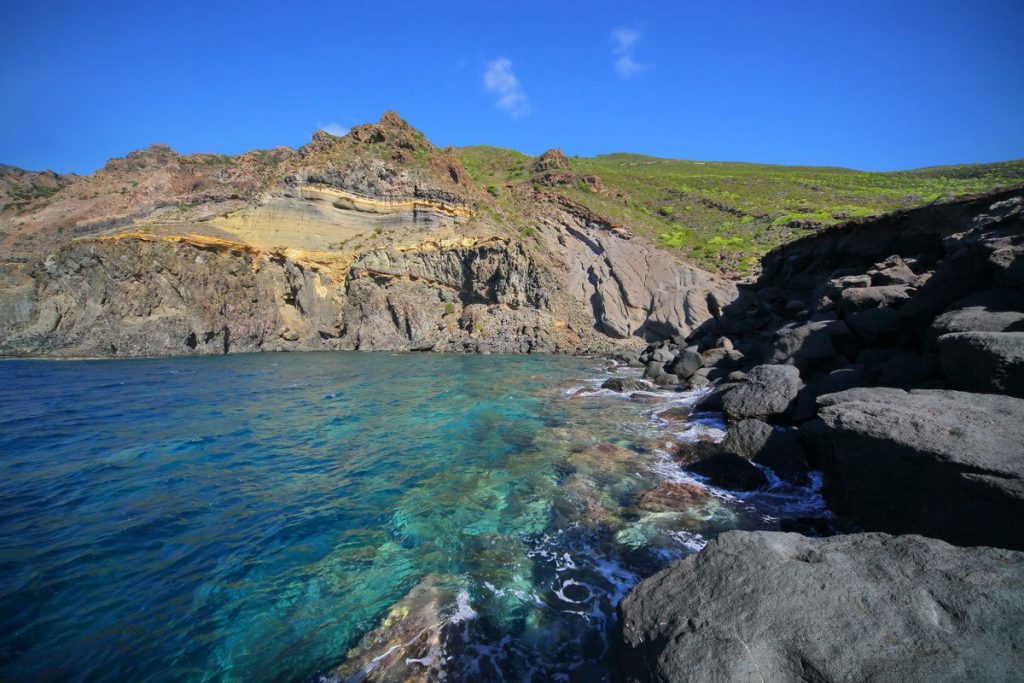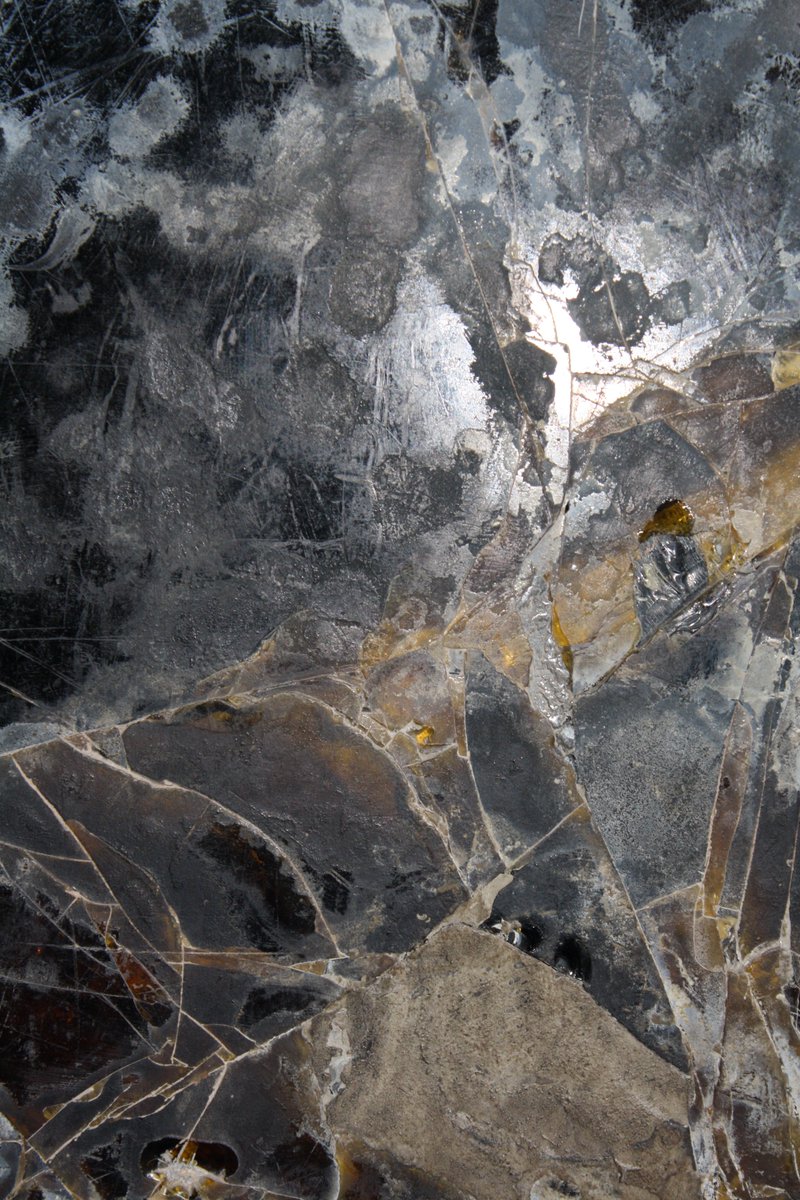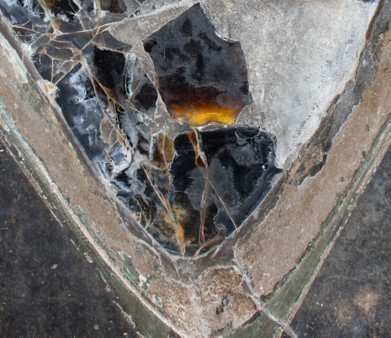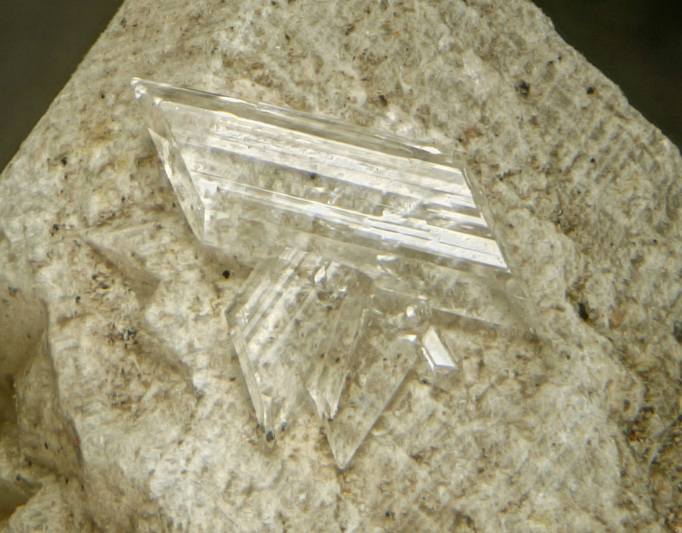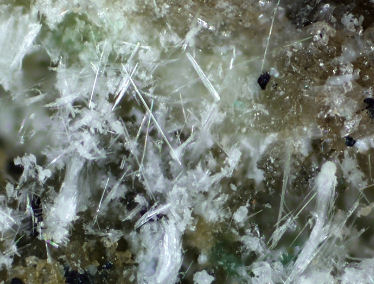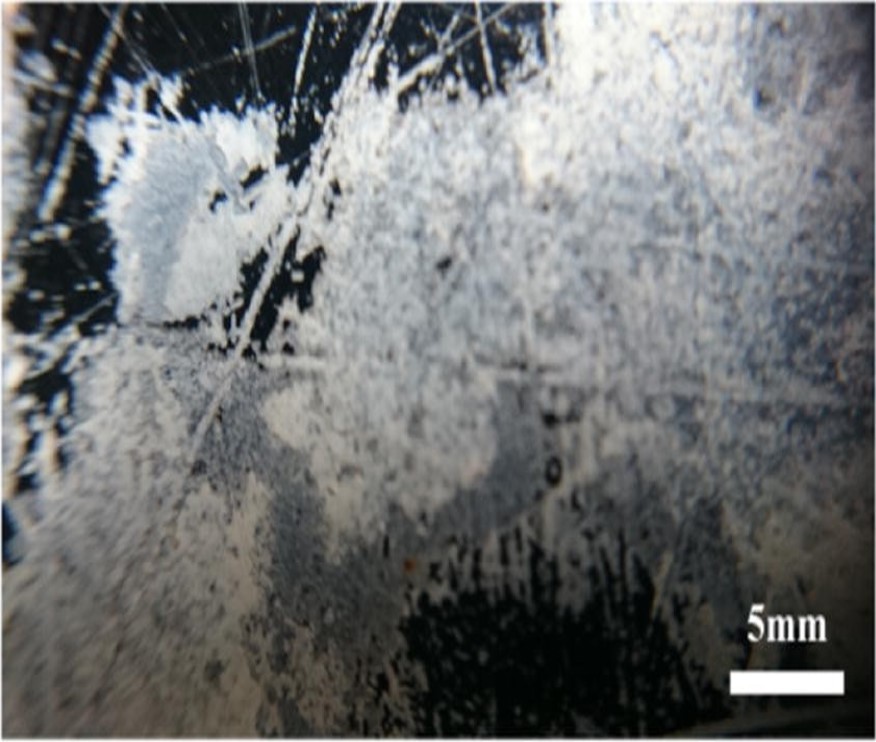Today we will be talking about the obsidian mirrors found at @Pompeii_sites and how in-situ analysis via portable instrumentation can help us to get a deeper understanding of these archaeological records without the need of sampling.
There are a few examples of obsidian mirrors in #Pompeii and we are lucky enough to have two of them preserved at the House of the Gilded Cupids (Regio VI, 16, 7). https://twitter.com/pompei79/status/672856984195059712">https://twitter.com/pompei79/...
Another one was conserved at the House of the Orchard (Regio I, 9, 5). However, it was removed a few years ago, together with the graffiti that were in the same wall. https://twitter.com/pompei79/status/731822175741677568">https://twitter.com/pompei79/...
A third example is to be found at the House of the Ephebus (Regio I, 7, 11). Additionally, the House of the Mirror (Regio IX, 7, 19), excavated in 1880, would have presented as well an obsidian mirror at the atrium, which inspired this oil painting by Louis Hector Leroux (1885).
Hand mirrors have also been found at the Vesuvian area. They are usually metallic (either silver, bronze or a lead-tin-antimony alloy) and their surface was polished in order to reflect light.
https://twitter.com/carolemadge/status/1104073120485380101">https://twitter.com/carolemad...
https://twitter.com/carolemadge/status/1104073120485380101">https://twitter.com/carolemad...
Regarding the obsidian mirrors of the peristyle of the House of the Gilded Cupids, both the obsidian characteristics and the degradation products, most likely induced by the materials introduced via the 20th century restorations, were studied.
Raman spectroscopy measurements performed on the mirror confirmed the presence of a vitreous material, in particular, obsidian (an igneous rock). Through X-ray fluorescence calcium, potassium, aluminium and sodium (responsible of the brown-black hue) were detected.
Obsidian is formed through a rapid cooling of lava streams with a SiO2 concentration higher than 70 %. The SiO2 concentration of the Vesuvian lava ranges from 47 to 67 %, thus being insufficient to form obsidian. Hence, these mirrors can& #39;t present a local origin.
The most relevant Mediterranean outcrops are Lipari, Palmarola, Pantelleria and Sardinia, whose obsidians can be differentiated according to their Raman bands. Thanks to this technique, we have determined that the most probable origin for these mirrors would be Pantelleria.
The degradation of these mirrors is due to the mortars employed to join the obsidian fragments in conservation processes. We can observe a white crust, which hides the vitreous and shiny appearance of the obsidian, and a yellow crust, related to the presence of iron compounds.
Via Raman spectroscopy it was possible to identify gypsum (CaSO4·2H2O) and nitrocalcite (Ca(NO3)2·4H2O) in the white crusts and in the restoration mortars. The deposition of gypsum on the obsidian surface can be due to subsequent lixiviation and recrystallisation processes.
This happens owing to pollutants present in rainwater (NOx, SOx), able to partially dissolve the carbonates and sulphates of the mortars, thus giving rise to a sulphates-rich solution. These sulphates can precipitate again on the mirror surface when the water evaporates.
Finallly, a further reaction between gypsum and the polluted aerosol (NOx) produces a new partial dissolution of the gypsum and the formation of nitrocalcite.
If you want to read more about our in-situ research concerning the obsidian mirrors at the House of the Gilded Cupids (Regio VI, 16, 7) at @pompeii_sites: …https://heritagesciencejournal.springeropen.com/articles/10.1186/s40494-018-0205-2">https://heritagesciencejournal.springeropen.com/articles/...
Aquí te cuento este hilo en castellano: https://twitter.com/cinnabarim/status/1266057130798350336">https://twitter.com/cinnabari...

 Read on Twitter
Read on Twitter